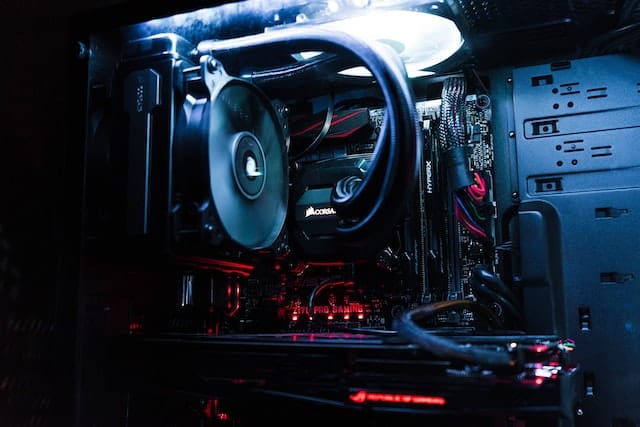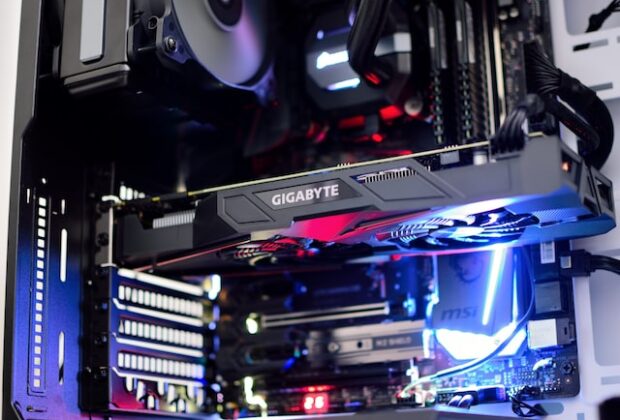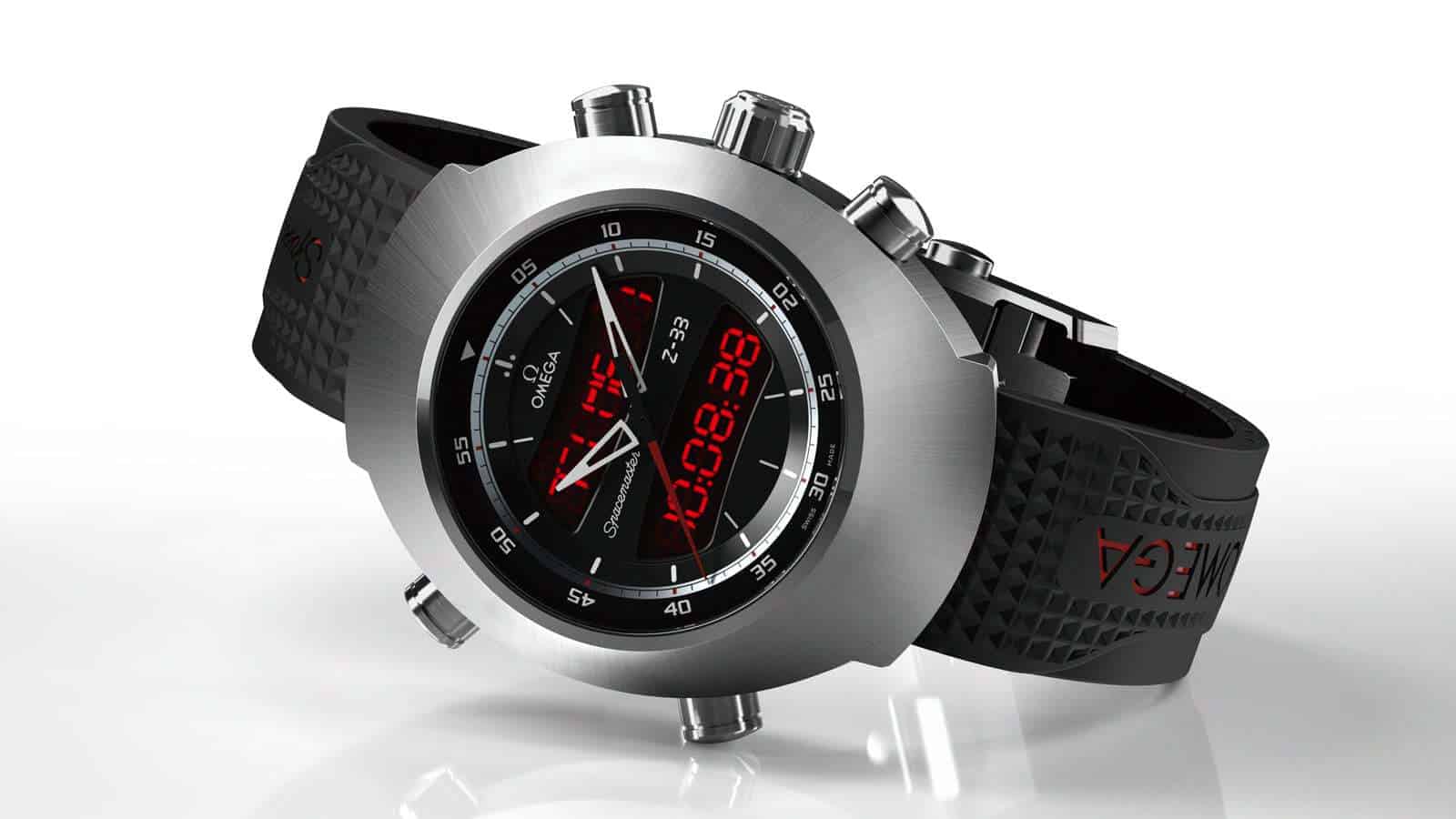If you are using a PC with an underpowered GPU, this is going to have a negative impact on performance and might lead to a lacklustre visual experience when doing tasks like video and photo editing, or even when you’re on a video call with colleagues, employees, or clients. If you are considering upgrading the graphics card in your computer, whether you’re going to be using it mostly for work, running your business or switching between work use and personal use including playing video games, then keep reading for a graphics card buying guide to help you make the best decisions when it comes to choosing the best graphics card for you and getting in control of your PC’s graphics performance.
Along with the CPU or central processing unit, the GPU or graphics processing unit is the component that has the most significant effect on the performance of your computer. This is because the GPU will process data from the CPU, rendering it on your display visually. However, selecting the right graphics card for your needs, and knowing when it’s time to upgrade your GPU, isn’t always easy.
Reasons to Upgrade Your GPU
The GPU is the main component in your PC that is responsible for the quality of the graphics, which are the visual elements that appear on your monitor or display. Back in the early days of computers, the CPU alone was responsible for both graphics processing and rendering. However, nowadays, almost every modern PC or laptop available will include some kind of graphics card. There are some main reasons why it might be time to start thinking about upgrading your computer’s GPU, including:
Age
As graphics cards get older, like many other PC components they will become less able to keep up with the latest software, streaming, and PC games. Although the GPU doesn’t actually degrade over time, newer apps, software, and games may be designed with newer GPU standards in mind, meaning that your older graphics card may not be able to handle everything that you want to do on your PC. For example, you might have trouble editing videos or photos for work, or if you play games on your PC in your personal time, it might have issues with rendering the latest titles.
Bottlenecking
It’s important to ensure that your GPU is not being bottlenecked by the CPU. When this occurs, the CPU is basically putting out more frames per second (fps) than your graphics card is equipped to handle, which can lead to issues like the picture stuttering on your monitor. If this is happening with your PC and its overall performance is being affected, then it’s very likely a graphics card upgrade is needed.
Use
Finally, even if your current graphics card is working well for some tasks, there might be some instances where an upgrade is needed because of the tasks that you are using your PC for. For example, you might be interested in upgrading to Intel Arc Graphics if you’re noticing a lot of issues when you try to use photo editing software for your job or business on your PC, or if you are a gamer in your spare time and your PC isn’t able to handle the games that you want to play.
What to Look for When Buying a Graphics Card
AMD and NVIDIA are likely to be the two main brands that you will come across, along with the new Arc graphics cards recently released by Intel. They are all high-quality and offer a lot of power, but there are some features that you should consider. These include the amount of memory that you want for your graphics card, the power connectors that your card uses, the form factor of your PC, whether you want an integrated or discrete GPU, and the thermal design power.

Discrete vs Integrated Graphics Cards
You will usually be more likely to find integrated graphics cards in smaller form factor PCs like laptops. However, they are also present in desktop PCs for users who do not need to run a lot of high powered visual software or games. Unlike discrete GPUs, integrated graphics may not have their own RAM, and they usually don’t use as much battery life and power. They are budget-friendly and ideal for basic visual tasks like streaming videos but won’t offer enough for more graphic-intense tasks.
On the other hand, if you want to use your PC for graphically intense tasks, then a discrete graphics card is the best option to invest in. These cards come with their own RAM and will need to be matched with a good CPU and a cooling unit to ensure that your PC does not overheat. You’ll also need to ensure that your PC has an adequate power supply, as a discrete graphics card will use more power.
Choosing Graphics Card Memory
The GPU will perform a large number of calculations every second when rendering graphics. This occurs any time the image on your screen changes – the GPU acts on even simple movements such as moving your cursor across the screen. Since the GPU is responsible for this, RAM or vRAM is needed to achieve it. As a general rule of thumb, the more memory is on the GPU, the more details it can process. However, this will not have an impact on its overall performance. The amount of memory that you will need from a graphics card will ultimately depend on the resolution you want for the visual tasks you’ll be doing, or if you are a gamer, what’s required for you to play your chosen games.
Choosing a GPU For a Desktop vs a Laptop
There are separate factors to consider based on whether you are getting a GPU for a desktop or a laptop PC. Due to the different types of devices that these graphics cards are designed to work with, there are some differences to keep in mind in terms of performance, form factor, and the price of GPUs designed for each.
Desktop PC GPUs
One of the main benefits of using a desktop PC tower is that they are larger, which in turn allows you to use larger and more powerful components. The PC tower can work with more powerful GPUs as it provides the room and cooling system that is necessary to accommodate the high power draw and heat level of a high-performance GPU. This means that compared to laptop graphics cards, you will enjoy higher specs including a higher pixel rate, increased texture mapping, and more memory bandwidth.
Laptop GPUs
On the other hand, since laptops have a thin chassis, a GPU designed for these devices tend to be smaller. They’re designed to run quietly and are optimised for power usage. While laptop GPUs are catching up in terms of performance to desktop GPUs, they are not quite there yet and can underperform in comparison in some areas. Although they are not as powerful, you will usually pay more for a laptop graphics card compared to a desktop graphics card, as the components that are used to make them are more expensive.
If you want a better performing, faster computer for work that allows you to do visual tasks with ease while being ideal for entertainment such as gaming in your personal time, then upgrading the graphics card can be worth considering.






